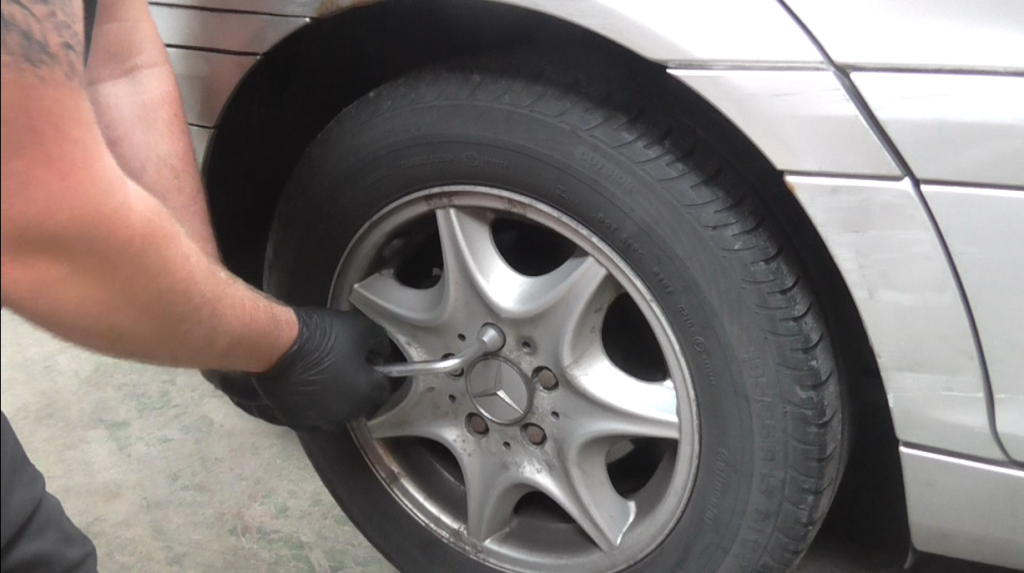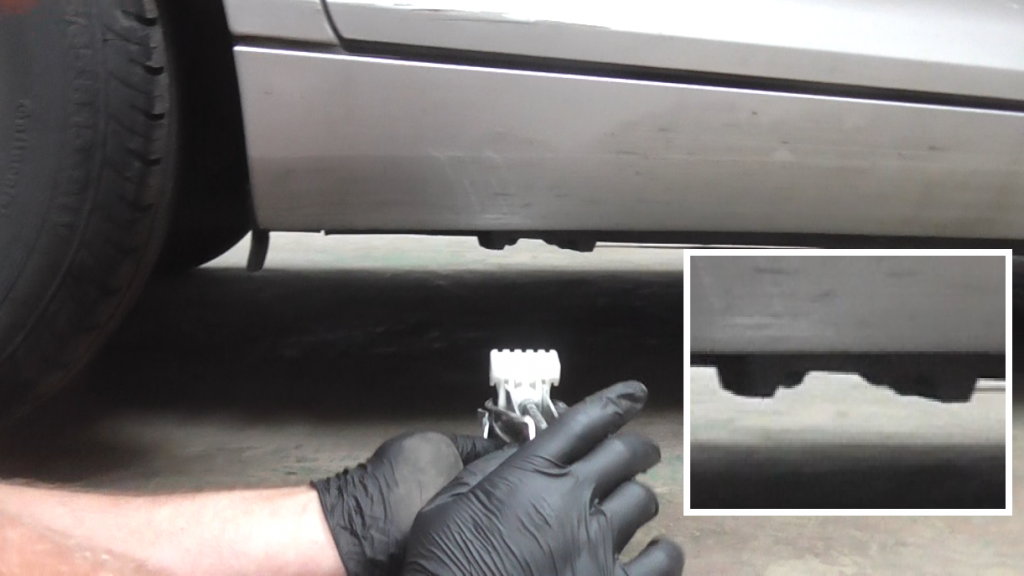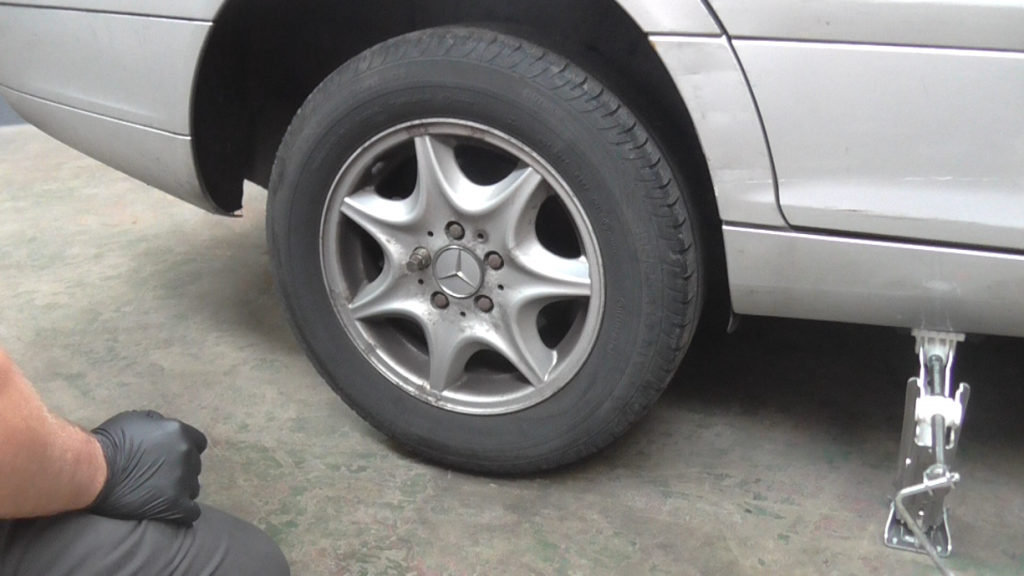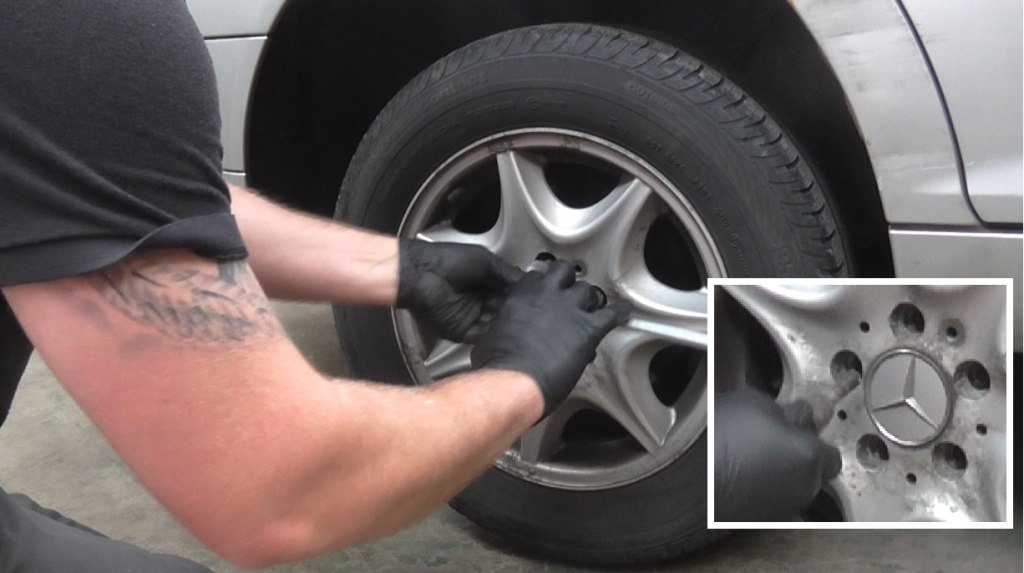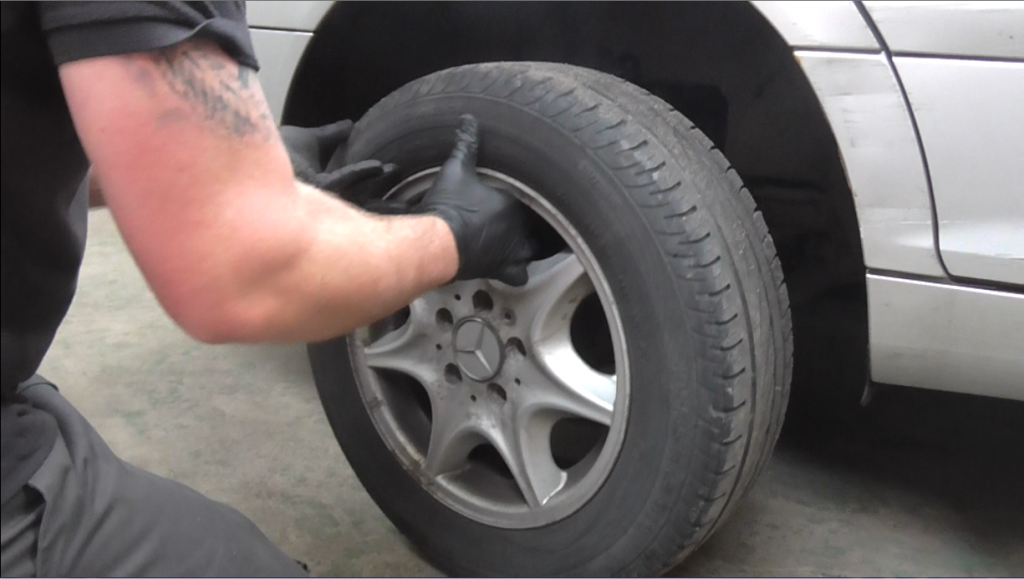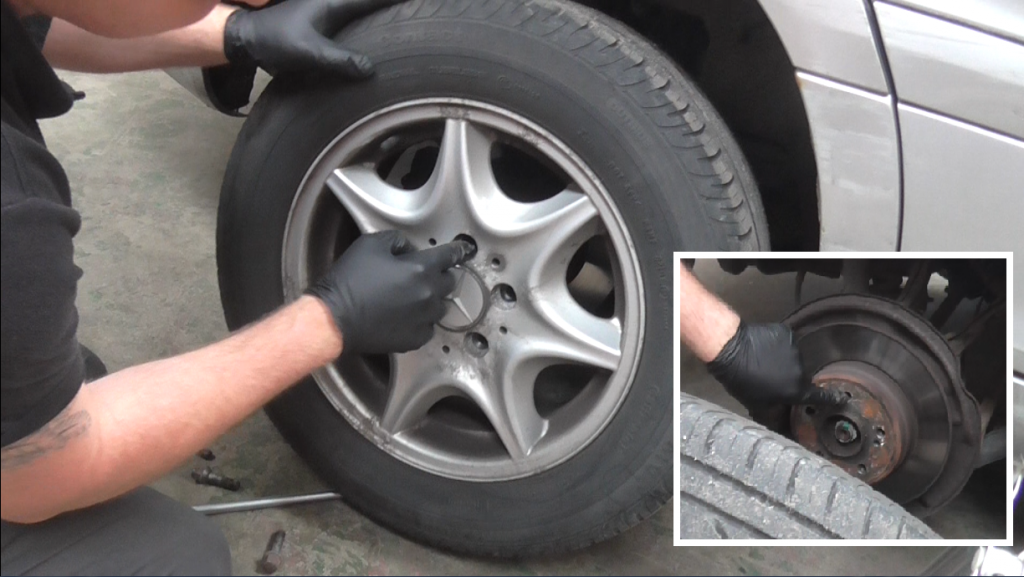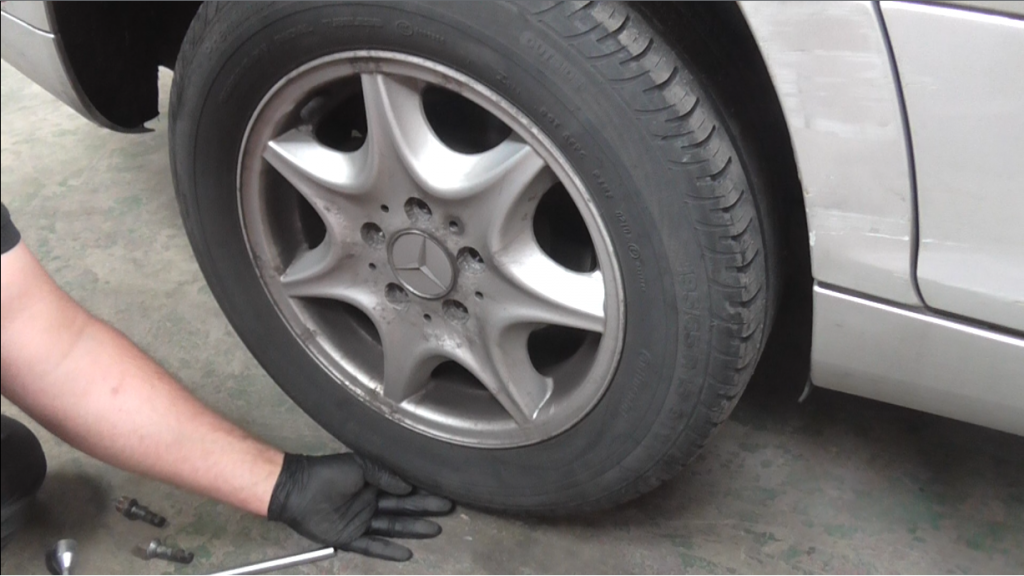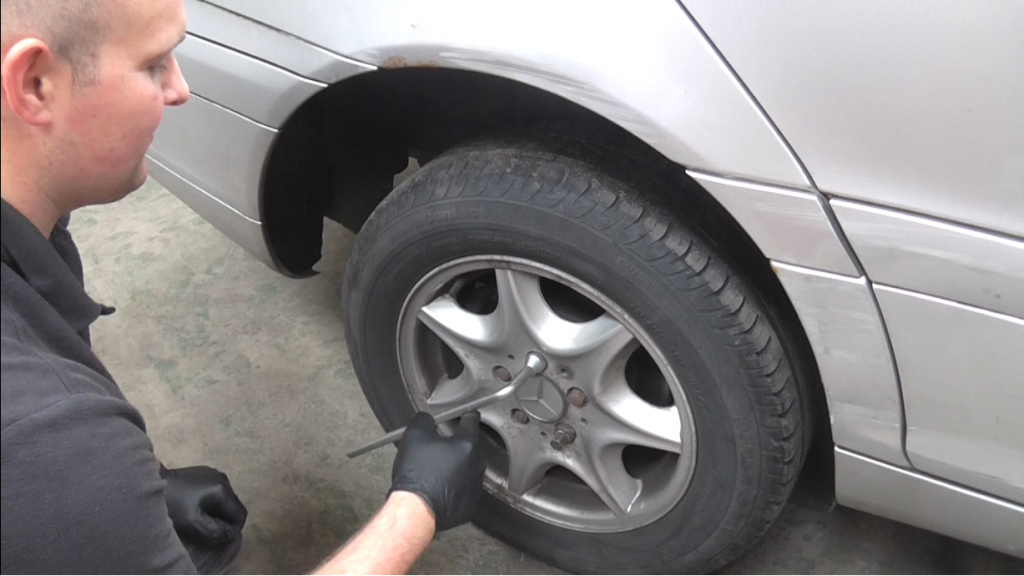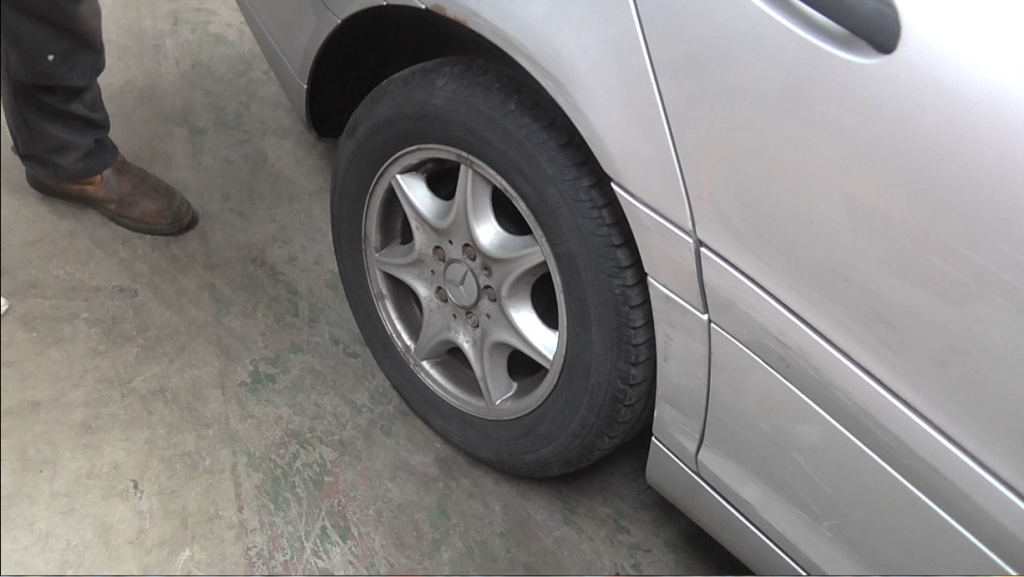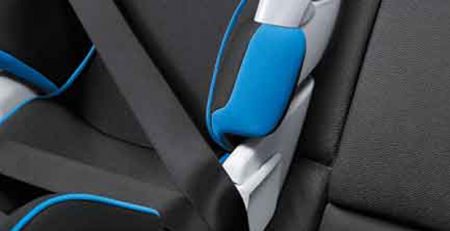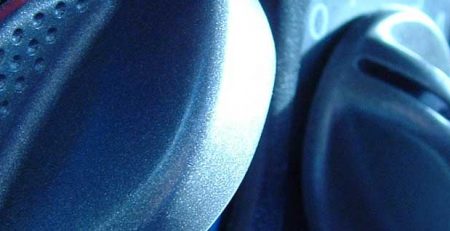The laws on child car seats are undergoing a change later this year and drivers are being warned to take notice ahead of it read more
How to change a wheel
If your car has a repair kit instead of a spare, try to familiarise yourself with how it works before you need it.
Tools needed: Wheel nut brace, jack, spare tyre, locking wheel nut adaptor if you have locking wheel nuts (these items should be kept in your car at all times)
Preparation:
- Drive the car to firm, level ground well away from traffic.
- For your safety avoid using a motorway hard shoulder or side of the road if you can.
- Any passengers should get out the vehicle and wait in a safe place.
- Collect all the items you need before starting and place them near you – wheel brace, locking nut adaptor and the spare tyre.
- Switch off the engine, put on the handbrake and hazards.
- Wear reflective clothing and use your hazard triangle.
- Chock the wheel diagonally opposite the tyre you are changing to reduce car movement.
Step 1: Slacken the wheel bolts
Before raising the vehicle, slacken the wheel bolts with the wheel brace. This is usually the most demanding part as the wheel nuts can be very tight. If you have a wheel trim, remove this first.
Don’t go any further than slackening the nuts for now, once they are slackened you can begin to use the jack.
If you have a locking wheel nut adaptor you will need to use this to loosen the locking wheel bolt.
When releasing the wheel nuts always wind anti-clockwise.
Step 2: Locate the jacking points
Once you have the jack ready you can begin to locate the jacking point on your vehicle.
When changing the back wheel the jacking point is the large plastic area in front.
The jacking point for the front wheels is the large plastic area under the front doors.
Double check the jack head has engaged correctly (this is usually detailed in the car manual if you have it)
Do not use any area of the car other than the jacking points as the jack could slip
Wind the jack up until the tyre is just clear of the ground.
Top tip: Once raised into the air DO NOT put your feet underneath the vehicle in case it falls off of the jack – they are not the most stable things so it is always best to keep on the right side.
Step 4: Remove the wheel bolts
Unwind the bolts using the brace, then remove the bolts with your fingers. Remove the top bolt last.
If necessary prevent the wheel rotating using your knee or toe pressed against the tyre (do not put your toes under the tyre in case the car drops unexpectedly).
Step 5: Remove the tyre
Use both hands to lift the wheel off.
Step 6: Line up the replacement tyre
Now you can grab the new wheel and line it up so that the wheel bolt holes line up with the holes in the brake disk so you are ready to put the wheel bolts back in.
Step 7: Put on the replacement wheel
Rest your finger along the bottom of the wheel once it is lined up with the brake disk to stop the tyre from moving whilst you slot the bolts back in.
Put the top bolt in first, then the other bolts.
Step 8: Tighten the bolts
Begin to screw the wheel bolts back into the holes, this time clockwise, and then wind them in tightly. Once all bolts are back in you can wind the jack down so the vehicle is back on the ground – then give one last nip to each bolt to ensure they are securely tightened.
Top tip: Refrain from standing on the wheel brace to extra tighten the bolts as you can over tighten them.
Step 9: Things to note
You have now changed your tyre, but if you are in doubt you can always visit a garage who will be able to recheck your wheel for secure tightness.
Remember to repair or replace your damaged tyre as soon as possible.
If your replacement tyre is a “skinny” spare, they may be limited on speed e.g. 50mph and must be replaced as soon as possible.

